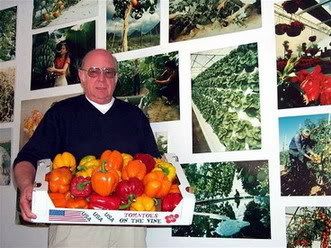Making up nutrient solutions is very easy. First of all you need a container to make it up in. It is always best to make up as large a quantity as possible. Nutrient products come supplied with very detailed instructions to make life easy.
A 200 litre drum is an ideal size for a mixing tank and 200 litre drums are very commonly available. It is quite possible, however, to make up just a bucket or watering can full, remembering that the mixing ratio is 3.5 mls of A & B (& C) per litre. The measuring flask enclosed with the pack makes it easy. Any plastic container will do as a nutrient container but remember to keep it covered when storing nutrient solution. If light is allowed to get to it there will eventually be algal growth in the tank which you will recognise as a green slime, unsightly but not harmful.
You will need to know the volume of your container. Large rubbish bins for instance are usually about 70 litres. If you are using your nutrient solution for pot culture in which it is supplied to the plant from a large tank or drum, you can quickly standardise your mixing procedure.
When you make up your first drum, you will need to follow the manufacturer’s directions very carefully. You will however, need to add a small amount of pH Up or Down to correct your pH. When you do this keep a careful record of the amount you add, it may only be a few drops. Once you know how much is needed, it will be a simple matter in future to add it to the water in the drum before you add the nutrient. If you do this you can normally be sure that your final pH will be correct.
Making up nutrient solutions
7:23 AM
ThanateTan







